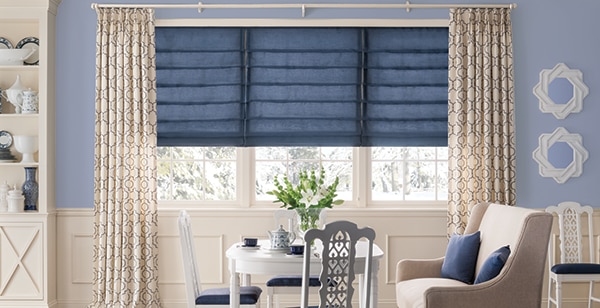When comparing quality custom drapery with an off the shelf drapery panel, the aesthetic differences are pretty obvious. The fabric of the custom drapery will appear to be of higher quality as it hangs beautifully, full of body from decorative hardware. Alternatively, the fabric of a simple drapery panel will look thin, possibly with irregular seams and may drape unevenly from the drapery rod. The main cause of these discrepancies can be found in the benefits of lining, typically included in the construction of all custom drapery.
Lining adds to the overall look of drapery and roman shades as well as increases the functionality and life span of the treatments. As previously mentioned, lining gives drapery a superior drape as it adds weight to the panel giving it more form retention and lessening the chance of wrinkling. Also, by adding another layer of fabric, light is less likely to shine through and produce a shadow or outline effect of your door or window during the day.
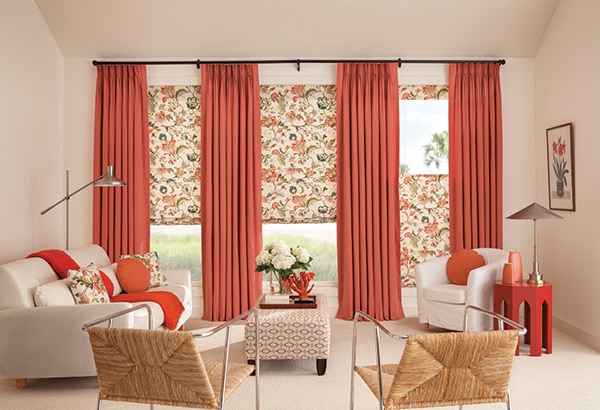
While lining gives soft treatments a professional look, it is also practical in the performance and protection of your shades or drapery. Lining protects from sun damage caused by incoming sunlight. It can also help tremendously with light control and insulation. There is even water-repellent lining to protect from the moisture of leaky windows or extremely humid environments. Different lining is available to cater to specific needs, room functions or design preferences.
Standard Liners
Basic or standard lining is typically a light weight polyester/cotton blend which adds fullness and is used to prevent fabric fade and deterioration. Color selection is usually limited to white and ivory and it provides a uniform appearance to the street.
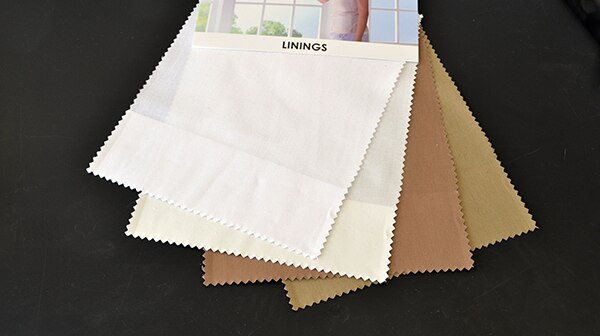
Thermal
Thermal or insulating lining is ideal on roman shades in a particularly cold climate, a home with thin, old windows, or on drapery that covers an exceptionally large window, such as a sliding glass door. Variances of heat and cold inside the home can be leveled out with the help of thermal window treatment lining.
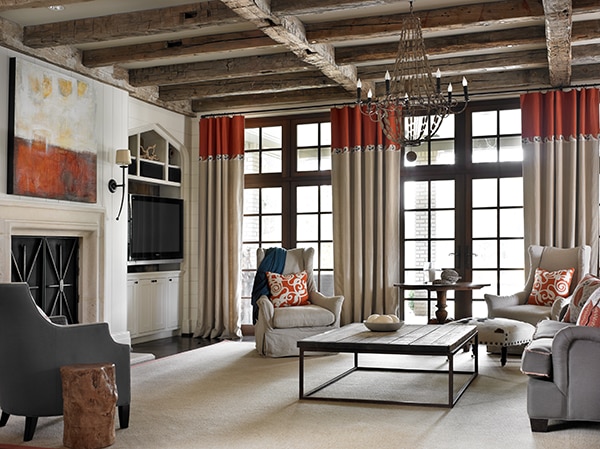
Blackout
Perfect for bedrooms, blackout lining blocks the majority of all incoming light, with the exception of minimal light sometimes coming through pinholes in the stitching. A great asset to drapery on its own, this lining is even more effective when paired drapery installed over other blinds and shades that may not have as much light deterrence. A heavier weight fabric with a 3 pass layer of acrylic foam, blackout lining helps to create a dark and peaceful space when desired.
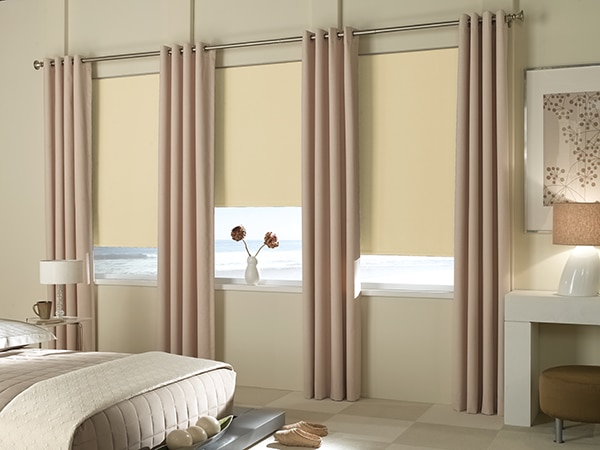
Water Repellent
Useful for rooms with more moisture, such as kitchens or bathrooms, water repellent liner shields the decorative front fabric from water and moisture damage. This is a good option for windows that have condensation when it rains or perhaps on drapery that covers patio doors in wet, humid environments.
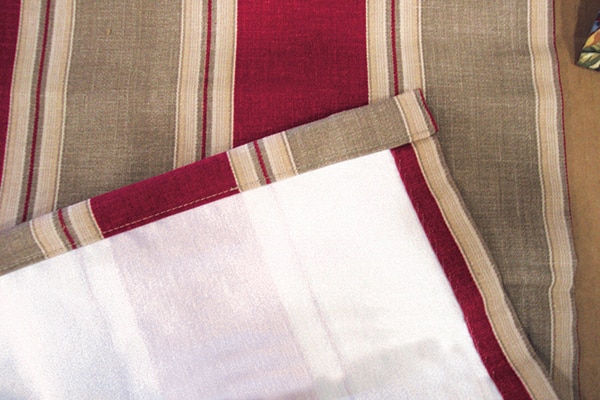
Interlining
Interlining is an additional layer of lining that is inserted between the face fabric and the back lining. This type of liner acts to add supplementary fullness as well as light and temperature control. This lining is also helpful in protecting more fragile fabrics such as silk.
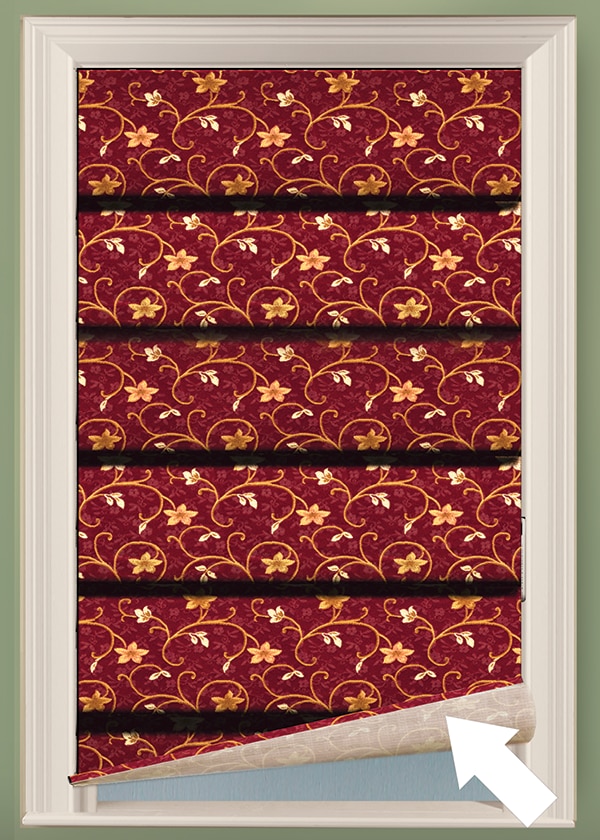
The only treatments not suitable for a proper lining are sheers. Lining would defeat their decorative purpose as they are designed to be translucent and flowy.
Lining is the clear differentiator in a basic drapery panel and stunning, purposeful custom drapery. It not only enhances the beauty of shades and draperies, it protects them so that you may enjoy them for years to come and get the most enjoyment out of your investment.

